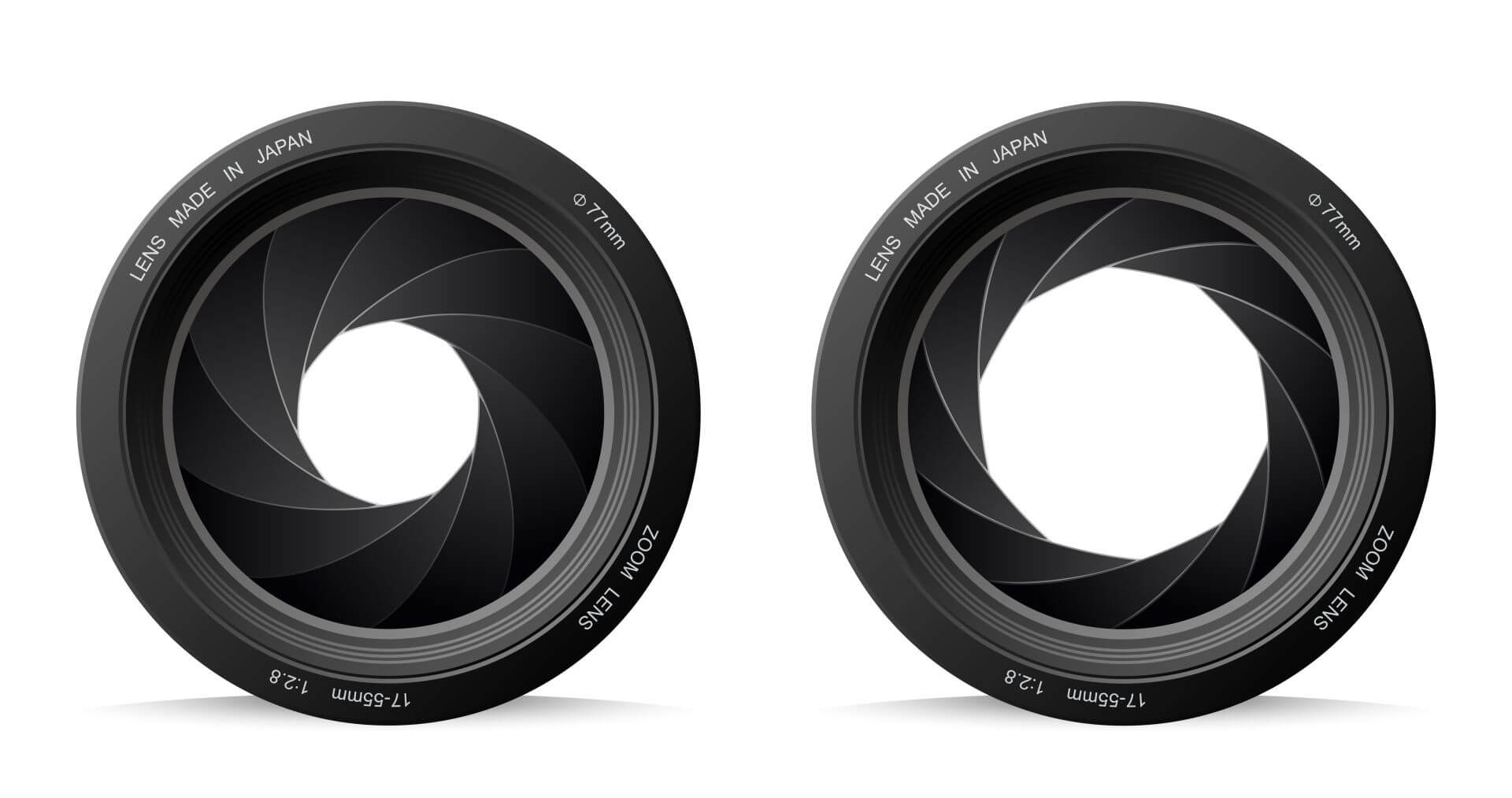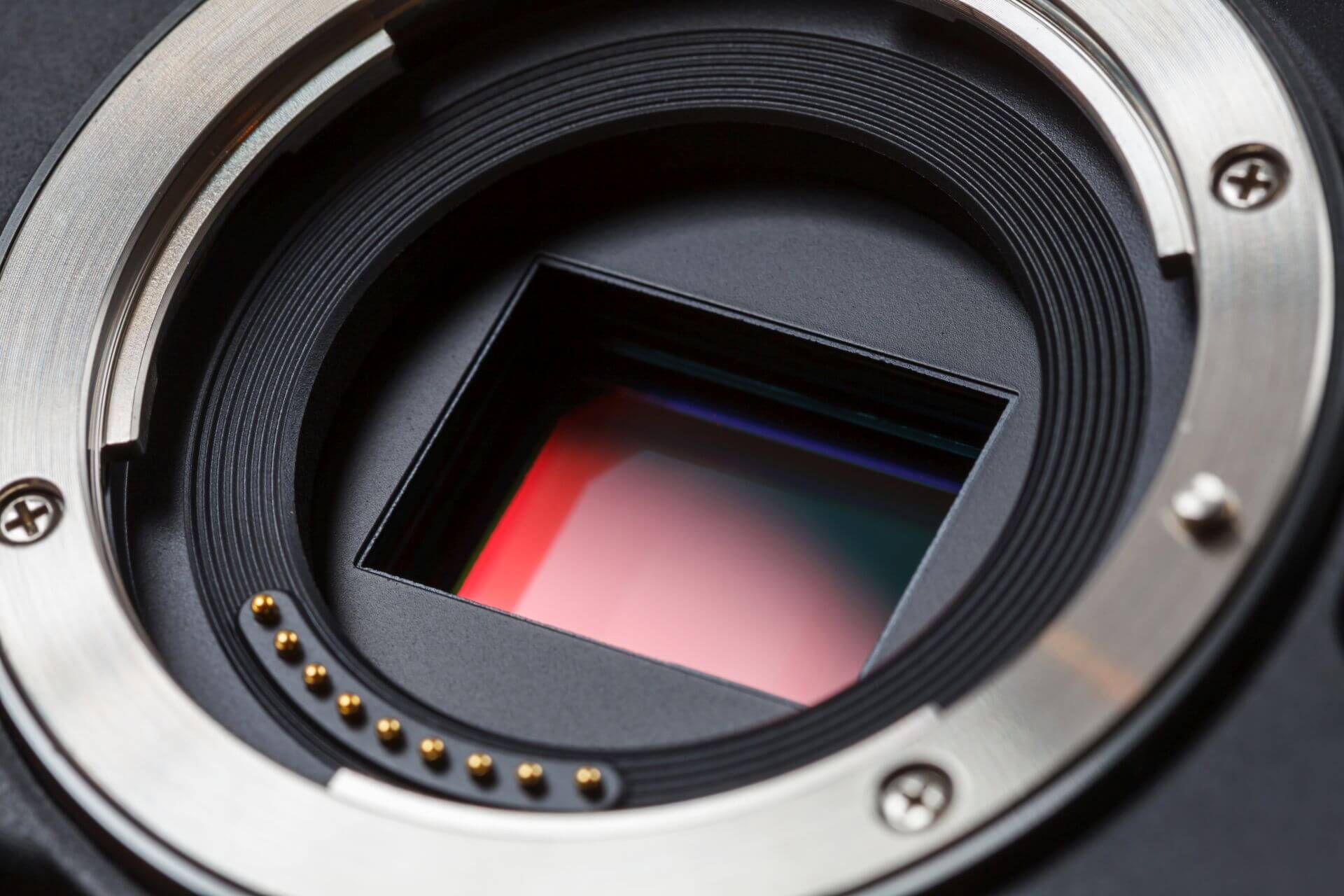
What you should keep in mind when purchasing a new lens
Every camera manufacturer offers a wide selection of different lenses and on top of this there are also many different lenses offered by aftermarket manufacturers. This can make it quite difficult to make a well-informed and smart decision when purchasing a new lens.
We’ll give you some tips and info about what you should pay attention to when buying a new lens for your camera.
Which focal length should my lens have?
The first decision you have to make is if you want a zoom lens or a fixed focal length lens. Zoom lenses come with the advantage of being able to adjust the focal length. This makes the lens much more versatile. Also, you won’t have to switch lenses as often on the go, which can save you a lot of time and effort.
Just as the name suggests, you can’t change the focal length on fixed focal length lenses. This means that when you want to photograph an object larger or smaller, you will have to change your own position. The advantage of using this kind of lens is that they are optimised for their specific focal length. The results will also be of a higher quality than they would be using a zoom lens of similar quality. Furthermore, fixed focal length lenses are usually less expensive than their zoom lens counterparts. Fixed focal length lenses are also lighter and handier than the more versatile zoom lens.
Once you’ve decided on the kind of lens you would like to use, it’s time to think about the appropriate focal length. This heavily depends on what you will be using your lens for.
A little more about focal lengths:
Focal lengths are given in millimetres. A focal length of 50mm may be compared to the viewing angle of the human eye; that’s why a lens with this focal length is called a “normal lens.” Focal lengths less than 50mm are referred to as wide-angle lenses. With a lower focal length comes a higher angular size that can be depicted in the photo. Wide-angle lenses are especially well suited for landscape and travel photography. Of course there are wide-angle lenses available in a range of focal lengths; an ultra wide-angle lens, for example, has a focal length of 20mm or less.
Lenses with a focal length over 70mm are called telephoto lenses. A telephoto lens makes it possible to take lerge photos of objects from far away. This magnification lowers the angle of view, so you could say that less of the subject “fits” into the photo. From 135 mm the lenses are considered telephoto lenses and over 300 mm they are called super telephoto lenses.
Lenses suitable for beginners usually have a focal length of 18 – 55mm and they are often included when purchasing a new SLR camera. These lenses are either in the wide-angle or normal category.
For those of you who travel often and have to pay attention to how heavy the lens is, it’s recommended to choose a lens that covers a wide focal length range. These are comparatively larger and heavier, but you don’t have to take an interchangeable lens with you. For beginners, lenses with a focal length of 18 – 200mm are recommended. This allows you to cover the focal lengths provided by a wide-angle, normal, and telephoto lens with just one lens.
Professionals would never be able to give up their interchangeable lenses. When compiling your own collection of lenses, it’s recommended to have a mix of fixed focal length and zoom lenses. For the most commonly used focal lengths, it would be worthwhile to use a fixed focal length lens since these are superior in quality when compared to their zoom lens counterparts. A pro’s equipment bag is then supplemented by a high quality wide-angle lens as well as a high quality telephoto lens.

Lens speed
The second important thing to consider when purchasing a new lens is the lens speed. The lens speed is the maximum aperture diameter (the minimum f-number) of a lens. The wider the aperture opens, the more light hits the sensor, and thus the lens is capable of higher light intensity. Lens speed is given as an f-number. F-numbers are fractions; the smaller the denominator, the larger the aperture value. An aperture value of f/1.4 is noticeably larger and has a higher light intensity than f/8.
Zoom lenses usually have a lower lens speed than fixed focal length lenses. A larger focal length range of a lens usually means a lower lens speed. Therefore, when buying a new lens, it’s necessary to pay attention to the lens speed and consider your own personal requirements.

Lens mounts – does the lens fit my camera?
The wide range of lenses available on the market is mainly limited by the fact that the lens has to fit your specific camera model. Many camera manufacturers have slightly altered the popular bayonet mount format so that only lenses manufactured by themselves will fit the camera. Aftermarket lens manufacturers usually keep this in mind and offer lenses that are compatible with several kinds of bayonet mounts. The websites of aftermarket lens manufacturers usually tell you which lens is compatible with which camera models.
Price – what is all of this going to cost me?
The price of a new lens starts at about £140 for entry-level models and goes up to the thousands as well as tens of thousands for professional models. Thus, you have to find a realistic compromise between personal requirements, what you will use the lens for, and the price.
Besides the focal length and lens speed, there are some other features and extras that have an influence on the price of the lens. An example is the particularly faster autofocus motor, a so-called ultrasonic motor. Even though such a feature is probably not the most important thing for beginning photographers to consider when purchasing a new lens, this can be the key to success for professional sports and animal photographers. However, this higher quality performance comes at a high price. There are also specially-formed lenses that help reduce the appearance of image aberrations. These so-called aspheric lenses, however, are usually only found in higher-priced camera lenses.
The most important things to consider when purchasing a new lens are what you want to photograph with this lens as well as your expectations of quality. You can get expert advice about the newest models at your local store or you can search online for current test reports and reviews containing practical recommendations for purchasing a new lens. Nevertheless, it’s still important to inform yourself about specific properties of camera lenses and to consider your own needs.
